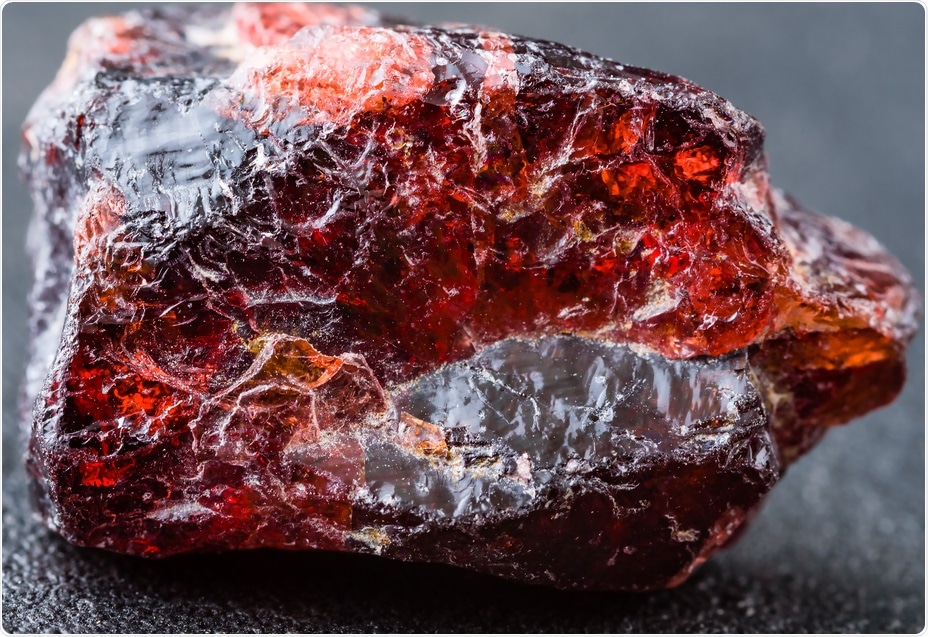Researchers from the University of Southern Denmark have said that the network of microscopic tunnels found inside garnet crystals is evidence of organisms having made these minerals their home.
 © lmfoto/Shutterstock.com
© lmfoto/Shutterstock.com
The discovery of these tunnels within the gemstones was originally noted because they reduced the stones’ quality and value as a jewel.
Now, this study shows the stones represent a previously unrecognized habitat for endolithic organisms – organisms that live within substrates such as shell, bone, wood or even rock.
Some endolithic organisms inhabit cavities already existing within the substrate, while others bore their way in, but evidence of this boring behavior was not expected to be found in very hard materials such as garnet.
As reported in the open-access journal PLOS ONE, Magnus Ivarsson (Swedish Museum of Natural History) and colleagues studied the structure and content of the stones to find out whether the network of tiny, intricately branching tunnels within the crystals were the result of biotic or abiotic processes. The stones that were studied were taken from river sediments and soils in Thailand.
The team’s chemical analyses found residual organic compounds and filament-like structures that were reminiscent of bacteria and fungi, suggesting that microbes had once inhabited the stones. Whether the microbes actually burrowed their way into the stone is less clear, although microscopic examination of the cavities did reveal certain features typical of endolithic habitats such as anastomoses – the passages that connect the tunnels. This suggests that the cavities were at least partly formed through the activity of endolithic organisms.
Sediments such as the ones studied here are low in nutrients such as iron and in such environments, garnets provide a source of iron for iron-oxidizing microbes. However, the stones will need to be studied in laboratory to confirm the identity of the burrowing organisms.
"The reported tunnel system in garnets represents a new endolithic habitat in a hard silicate mineral otherwise known to be resistant to abrasion and chemical attack," concludes Ivarsson.